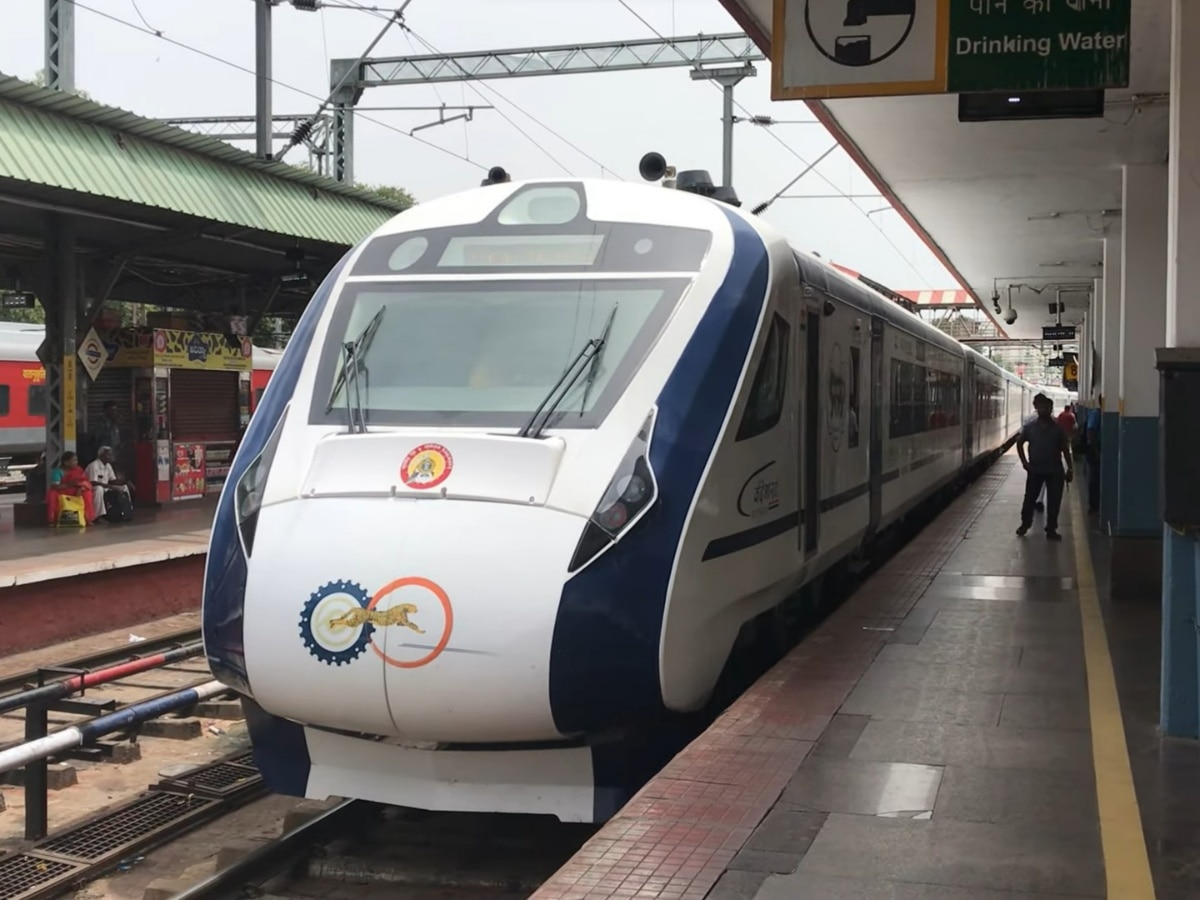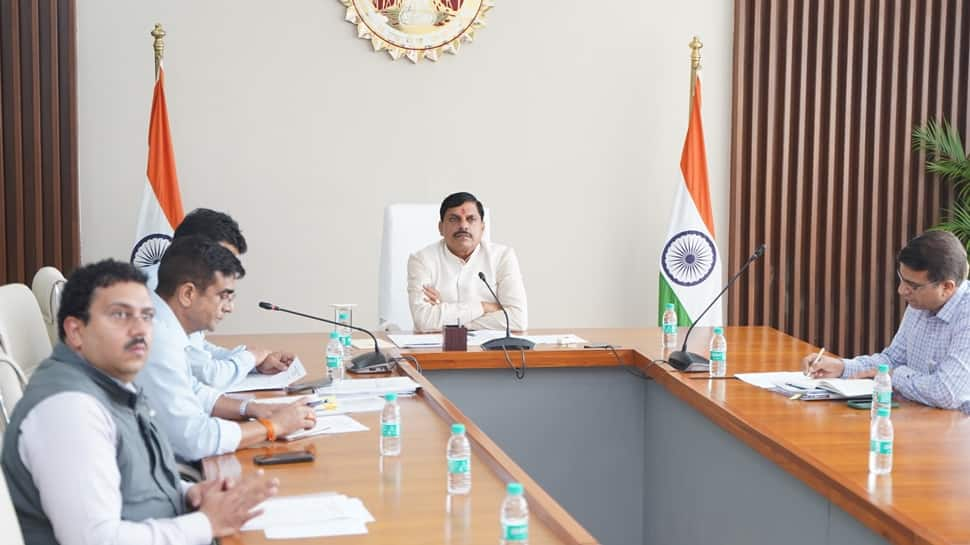Economics of Punjab’s paddy varieties: case of banned Pusa-44 and the promoted PR-126 | Chandigarh News

Economics of Punjab’s paddy varieties: case of banned Pusa-44 and the promoted PR-126 | Chandigarh News
As Punjab grapples with a severe groundwater crisis, there are calls for diversification away from water-guzzling crops — especially paddy, which saw a record 32 lakh hectares (lh) under cultivation last year. Agriculture scientists and economists believe that the paddy area in the state needs to be brought down by at least 10 lh.
The Bhagwant Mann-led Aam Aadmi Party government in Punjab has taken a decision to ban the cultivation of the long-duration Pusa-44 paddy variety that takes 155-160 days time from nursery sowing to harvesting of grain. The state government wants farmers to plant shorter-duration varieties such as PR-126, which mature in about 125 days and consume less water.

Punjab farmers planted 3.86 lh area under Pusa-44 in 2023, down from 5.67 lh the previous year. Chief Minister Mann claimed that the reduction in area under the variety helped the state save electricity worth Rs 477 crore and 5 billion cusecs of groundwater. His government wants farmers not to plant not even a single hectare under Pusa-44 in the coming season, for which sowing of nurseries will start mid-May and transplanting of the seedlings a month later.
Farmers, however, aren’t happy with the decision. The reason: Pusa-44 yields 4-5 quintals of paddy grain more per acre compared to PR-126. At last year’s minimum support price (MSP) of Rs 2,203 per quintal, it translates into extra income of Rs 8,812-11,015 an acre (one hectare equals 2.47 acres). They would not want to forego this extra income. The savings in water does not matter in their calculations, given that electricity for irrigation pumps is supplied free of cost.
Out of Punjab’s approximately 38 lh net sown area, rice covered an all-time high of 31.99 lh in the 2023 kharif season. That included 5.95 lh under aromatic basmati varieties and the balance 26.04 lh under regular paddy bought by government agencies at MSP. Though the area under the now-banned Pusa-44 fell substantially, farmers did not shun it completely in Punjab. They increased area under the PR-126 variety to 8.59 lh, from 5.58 lh in 2022.

Buta Singh Dhillon, rice agronomist at the Punjab Agriculture University (PAU) in Ludhiana, claimed that opting for PR-126 over Pusa-44 yields better economic returns. Despite PR-126’s lower yield, the overall expenditure is significantly lower compared to Pusa-44. Farmers using PUSA-44 incur higher costs in irrigation, fertilizers, labor, and other inputs, resulting in a 29.6% higher input cost per acre. According to his survey, “If a farmer goes for Pusa-44 he would spend 36% more on preparing paddy nursery, 66.5% more on fertilizers, 40% more cost on plant protection, 36% more on irrigation, 21.6% more expense on the labour cost, 34 % on usage of tractor, 9% more on Mandi labour. In total, the input cost of Pusa-44 would be 29.6% more as compared to PR-126 per acre”.
On the other side, the farmers cite higher yields, i.e. 35-36 quintals per acre from Pusa-44 against 30-32 quintals from PR-126. But Singh points to other drawbacks of Pusa-44: “Growing this variety means farmers running their tractors and also operating tubewells for longer hours. These lead to increased wear and tear of machinery and depletion of water resources, necessitating frequent and deeper digging of tube wells. Farmers don’t factor in these seemingly invisible costs, not to speak of environmental degradation”.
Also, with Pusa-44 being transplanted during June 15-30 and harvested from October-end to first week of November, farmers have a very short time window for wheat, which has to be sown by mid-November. They then find it difficult to manage the left-over paddy stubble after combine harvesting, forcing burning and causing air pollution. As against this, PR-126, transplanted even in late-June or early July, can be harvested by early-October, providing a 30-40 days window for stubble management. Pusa-44 also produces 2-3% more stubble as compared to PR-126.
With over 70% of blocks in Punjab under the dark zone for groundwater, the state faces a looming crisis. The Punjab government attributes the declining water table to paddy cultivation and has taken measures to regulate paddy transplantation to conserve groundwater resources. However, these regulations have also contributed to air pollution issues due to stubble burning. Promoting shorter-duration, less water-intensive varieties like PR-126 could offer a sustainable solution to Punjab’s agricultural and environmental challenges when actual diversification is not happening.




